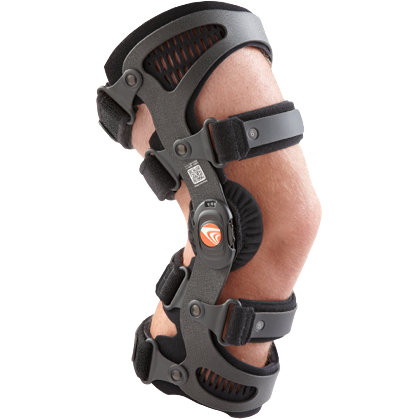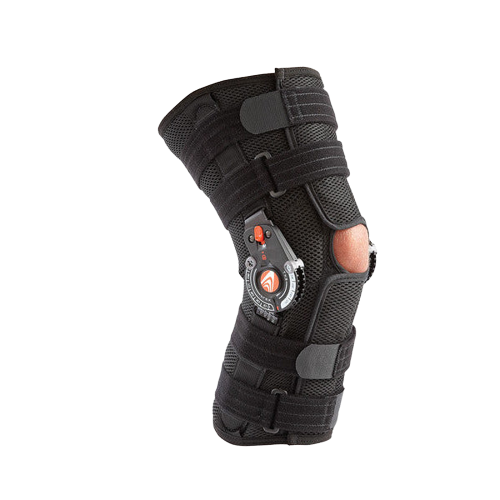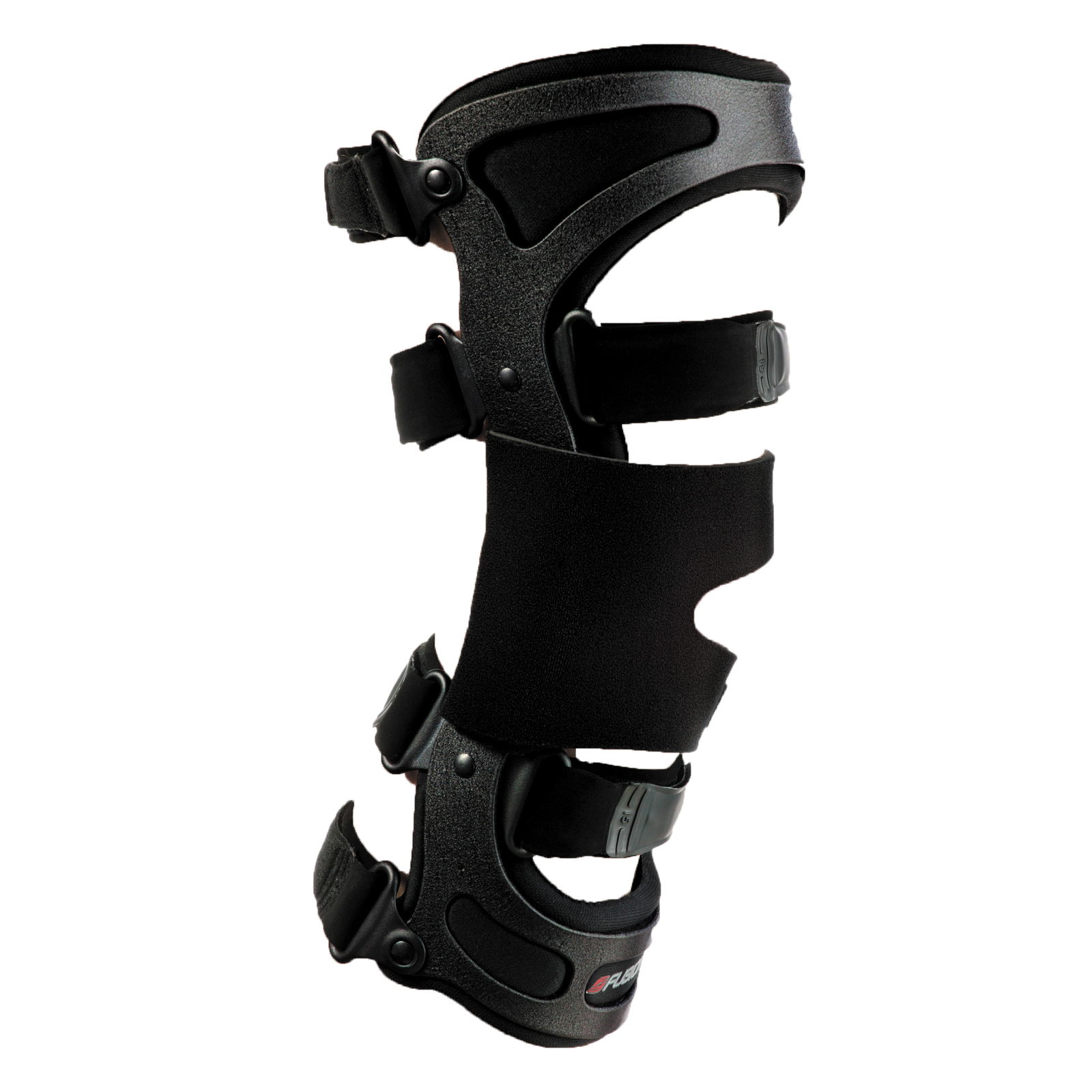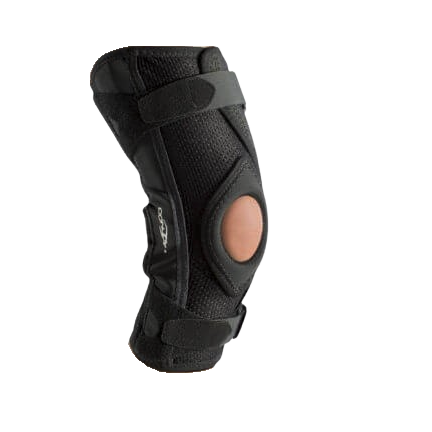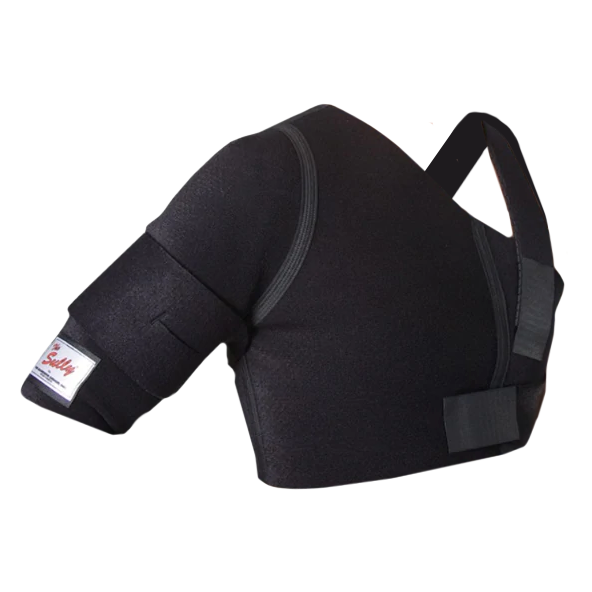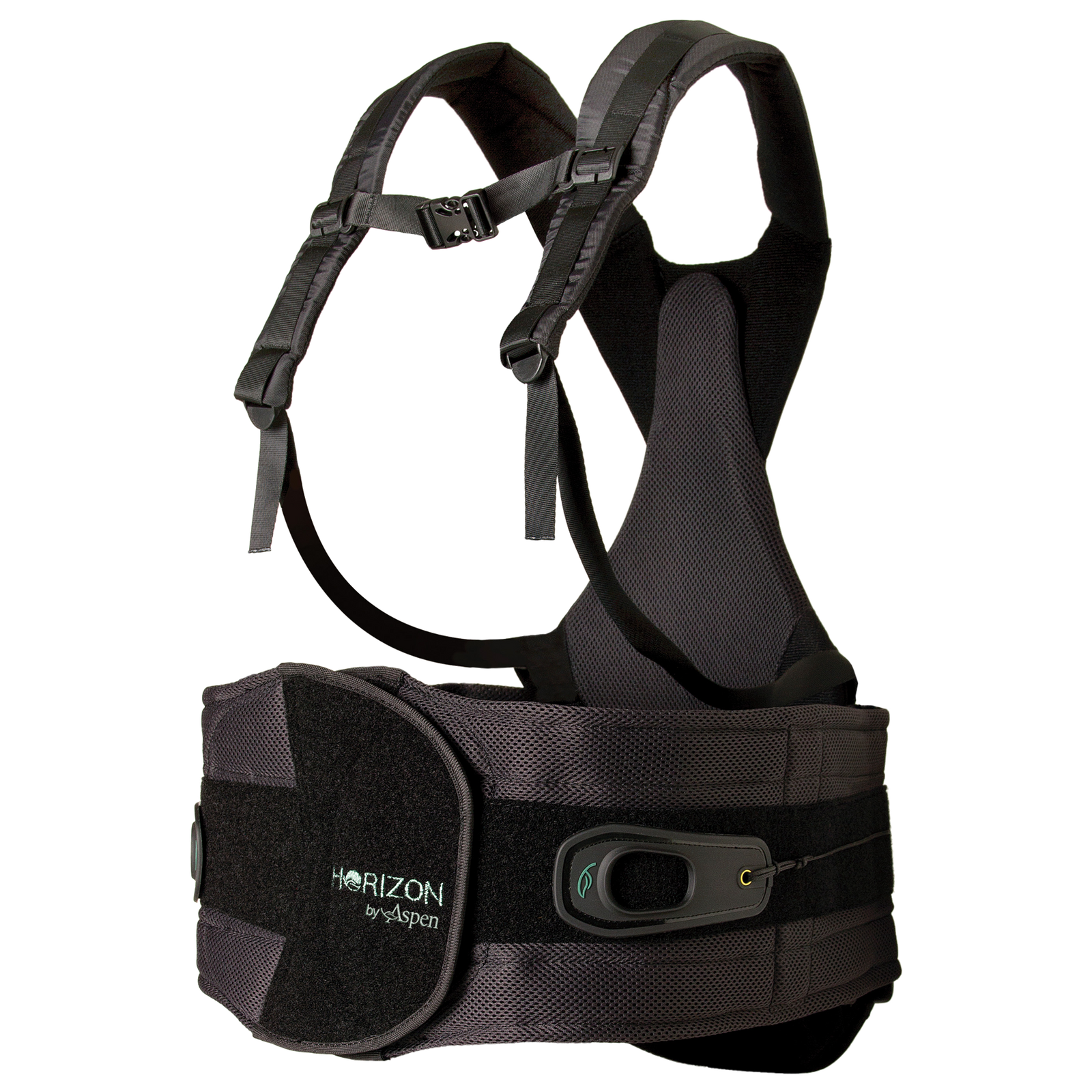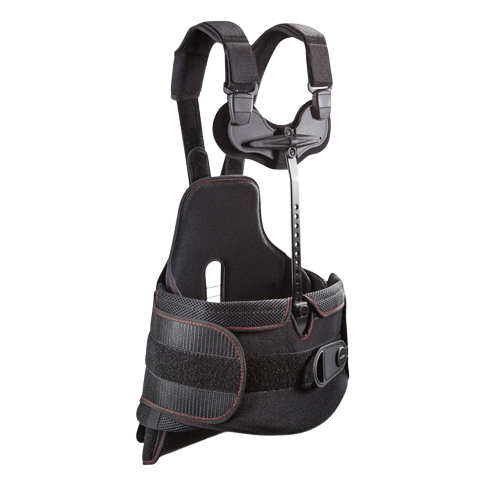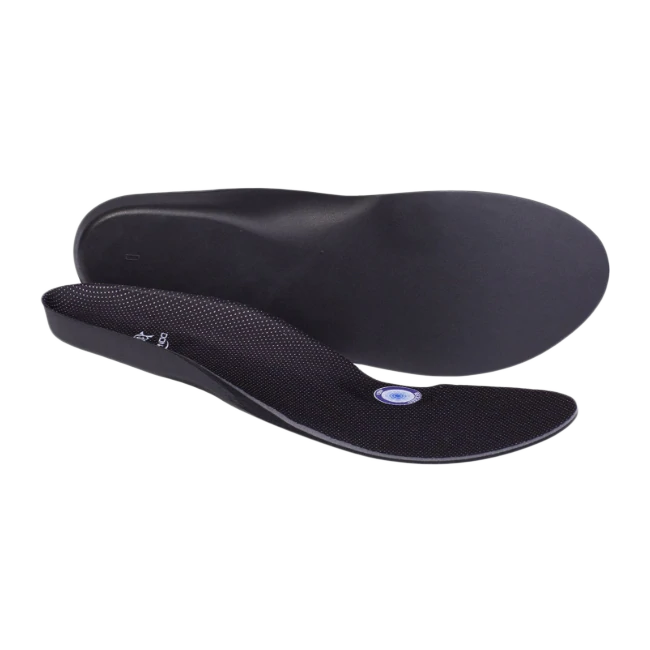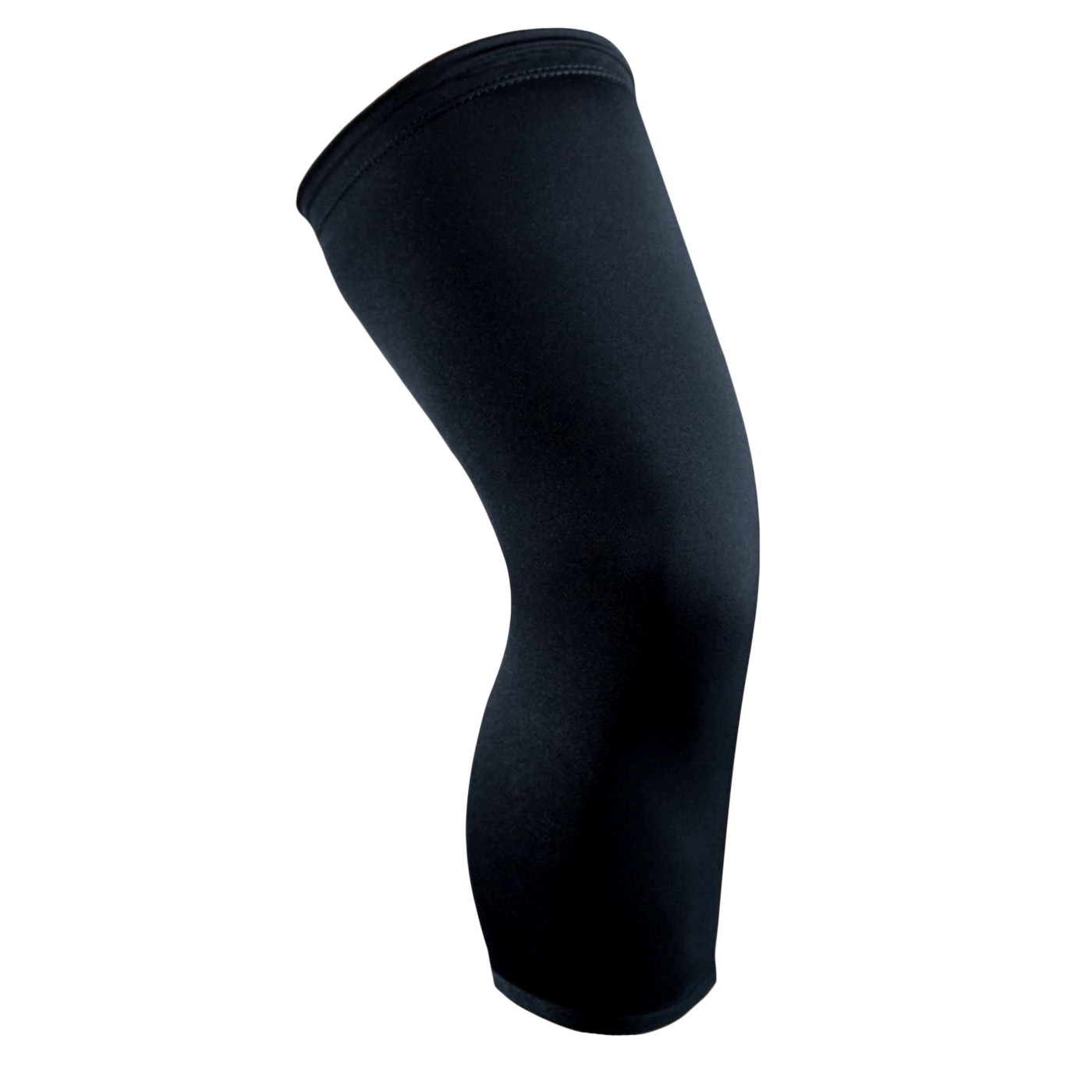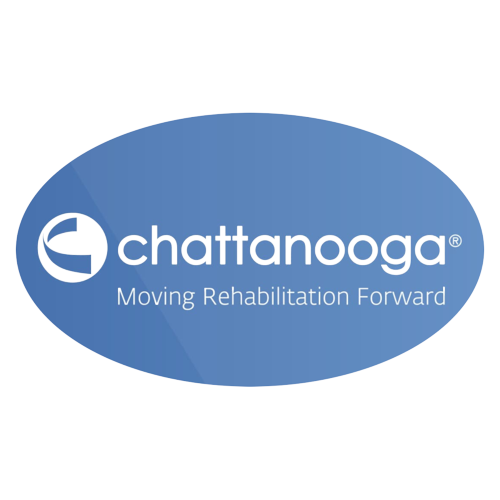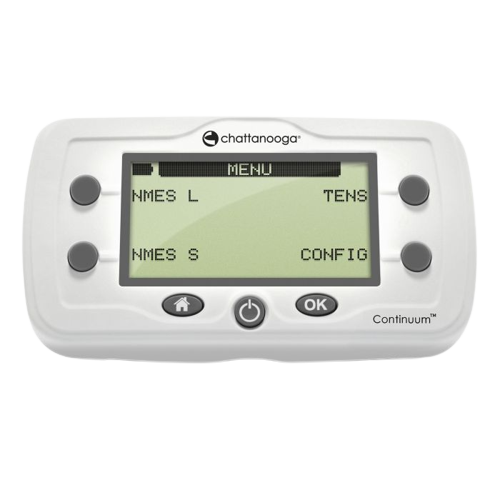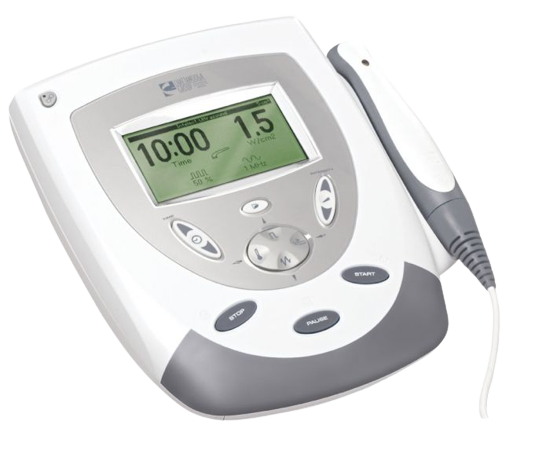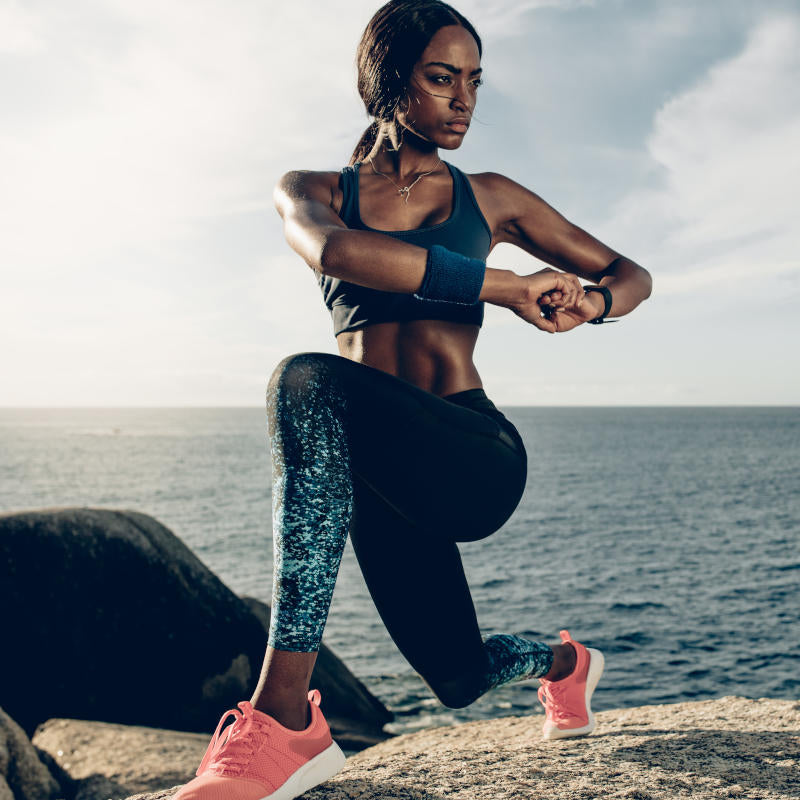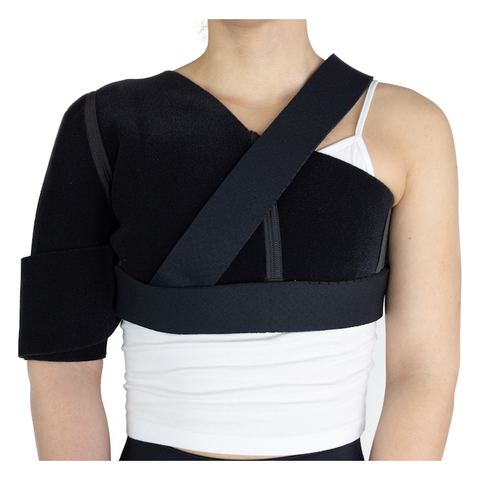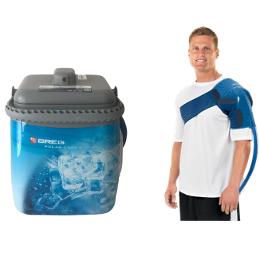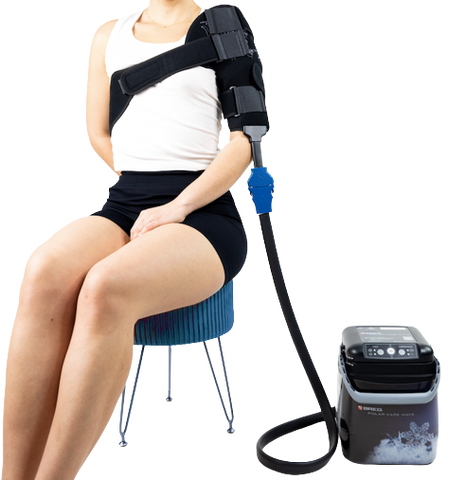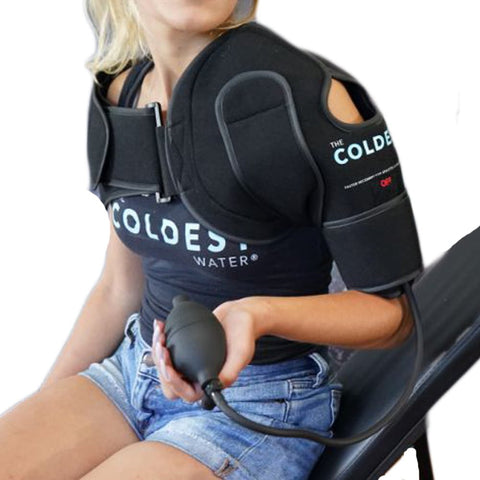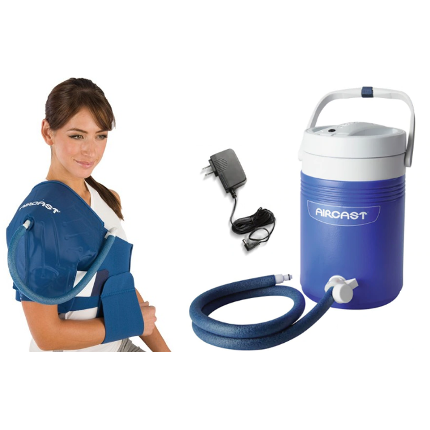This article was updated and republished on February 12, 2024.
When it comes to finding the best shoulder brace, it's crucial to consider your specific needs and requirements. Whether you're recovering from a shoulder injury, experiencing chronic pain or instability, or simply need extra support during physical activities, a shoulder brace can provide the necessary comfort and protection.
With countless options available on the market, it's important to do thorough research and read customer reviews to ensure you choose the best shoulder brace that suits your unique situation. Sure, you could go to Amazon and find a cheaply made shoulder brace for under $30.00 and it might work. But if you are trying to reengage an active lifestyle-- quality matters.
When searching for the best shoulder brace, factors such as comfort, adjustability, durability, and support should be taken into account. Additionally, the type of shoulder brace needed may vary depending on the specific condition or injury. Therefore, consulting with a healthcare professional is advisable to receive proper guidance and recommendations tailored to your individual needs.
A well-chosen shoulder brace can not only aid in pain relief and improve your range of motion but also prevent further injury and promote a faster recovery process. So, invest your time in finding the best shoulder brace that provides the perfect balance of comfort and support for your shoulder health.
Unfortunately, there are many different types of injuries you can experience in your shoulder. That means your should pain could be stemming from a dislocation, sprain, strain, separation, tendinitis, torn rotator cuff, or even something else.
If you’ve recently undergone a shoulder injury, then you’re likely in a lot of pain and searching for the right treatment. It can be stressful to not know where to get started.
Fortunately, when you get the best shoulder braces for your injury, you can help your shoulder heal faster while doing many of your everyday activities.
However, you still may be wondering, how do you choose the right shoulder brace for you?
That’s why we’ve put together this article. In this brace guide, we’ll review everything you need to know about finding the shoulder brace that’s right for you.
Finally, you can start healing and moving on from your injury. Read on to learn more.
Which Shoulder Brace is Right for You?
In order to find the right shoulder brace for you, you'll need to understand what brace types are available and what’s included in these products. The first type is one for injury or dislocation. This shoulder support brace usually includes a brace with a sling.
There are also shoulder stabilizing braces. These braces are all in one piece, offering support from your chest to your shoulder. These include a compression sleeve and a brace that wraps around your chest.
There are also posture shoulder braces, which have parts that wrap around your waist and hold back both of your shoulders.
Who A Shoulder Brace Is Meant For
Shoulder braces are usually used when you’ve had an injury affecting your shoulder. By combining physical therapy with your brace, you can get closer to your recovery, faster. Some braces immobilize your shoulder and arm so you can heal faster.
Others provide compression and are ideal for athletes. These types of should braces give the wearer support and protection while still making it possible for the athlete with a mild injury to continue performing.
There are specific injuries that are best suited for this product, which we’ll review now.
Dislocated Shoulder
Because your shoulder joint is your body’s most mobile joint, it’s the one that’s most likely to dislocate. This injury can occur via trauma—for example, if you’re in a hockey game and have been body checked or if you’ve been tackled during a game of football.
By applying a shoulder brace to the affected area, the injury can heal while your shoulder is immobilized.
If you need to have surgery because of the dislocation, the shoulder brace will also help the joint recover after it.
Impingement Syndrome
If you move your arms upward repeatedly, for example at a job where you’re often lifting heavy objects, you could end up suffering from Shoulder Impingement Syndrome. When this happens, you start to develop tiny bony spurs.
These spurs cause your rotator cuff tendons to be trapped above your main shoulder point.
With a shoulder brace, you can limit movement and decrease pain so that the area will heal. The DonJoy Sully shoulder brace is oftentimes referenced as the best shoulder brace for rotator cuff injuries.
DonJoy Sully Shoulder Brace

ACJ Injuries
ACJ injuries, short for acromioclavicular joint injuries, occur when on a part of your shoulder that’s on the very top. This is a common injury that athletes experience, for example, when they fall on their shoulder repeatedly. You can also dislocate this part of the shoulder.
By wearing a shoulder brace, you can minimize the inflammation and swelling your shoulder experiences.
Additionally, if you’ve had to get surgery, the brace will help in stabilizing your dislocated ACJ afterward.
Labral Tears
Surrounding your shoulder joints socket is a cushion called the labrum. When you get a labral tear, you’ve usually just fallen on your shoulder or experienced a direct blow to it, though this can also happen while pulling or throwing.
When you use a shoulder brace, it can manage blood flow to the labrum area and provide support, helping decrease pain and repair the labral tear.
Rotator Cuff Tears
Your rotator cuff is an important tendon group that stabilizes your shoulder and gives it mobility. When you damage it, this leads to weakness and pain. Tears that are caused by this injury can benefit from the support and immobilization a shoulder brace offers.
Without it, the tear could become bigger and, therefore, more difficult to repair. Once it has healed, the brace will also strengthen the area, helping to prevent re-injury.
Shoulder Arthritis
Finally, anyone suffering from shoulder arthritis should use a shoulder brace. Because the joint is painful and stiff after it has lost its original lubrication, you can strengthen your shoulder joint while experiencing less of your arthritis-caused pain.
It can also help the arthritis effects be minimal or even prevent this condition from occurring.
How to Use a Shoulder Brace

Above: Straight-forward instructions for using DonJoy Sully shoulder brace for various injury types.
To use a shoulder brace, you first have to put it over your shoulder. The middle bar should be parallel to the top of your arm and your elbow joint. The strap will go around your back, after which you’ll secure it with the buckle.
As for the padded sleeve, this will go under your axilla, or opposite arm, for comfort. You also may need to readjust the straps so they will fit correctly.
It also may help to have a medical professional show you first how to put it on so that you can then do it correctly at home.
How to Maintain the Brace
Generally speaking, you should wear your shoulder brace at almost all times. Some are not designed for shower or exercise use, so check the instructions to see if this applies to you. When you are not wearing it, you can clean it.
If your sleeve doesn’t have any metal components, you can launder it every few days.
If it’s a larger brace with a metal structure, you should use a damp washcloth to wipe it down at the end of each day. You can also use baby wipes to do this.
Some braces, such as ones with hinged braces, sometimes need to be lubricated so they keep working.
If you notice that any parts have come loose or are fraying, you should replace these parts. If the entire brace is connected without any removable parts, you might have to get a new one.
The more you maintain your shoulder brace, the longer it will last.
The Benefits of Shoulder Braces
The benefit of using a shoulder brace is that it can promote healing and keep your injury from getting worse over time. Combined with physical therapy or exercises prescribed by your doctor, you’ll start to heal faster than you would without it.
There are some cons to using a shoulder brace, too. These include that it’s aesthetically unappealing, it is not a replacement of physiotherapy or another type of rehabilitation program, and that you can become too reliant on it.
If you wear it for too long, you could even end up experiencing muscle atrophy or putting too much pressure on other muscles.
Some Common Alternatives
Alternatives to using this product should be explored by you and your doctor. For example, they might provide you with exercises you can try out to improve your shoulder injury. If using the shoulder brace for posture, you can use self-correction strategies instead.
At-home cryotherapy is another popular method for reducing shoulder pain. Breg cold therapy machines like the Polar Care Cube and Polar Care Wave are popular, affordable options and come with shoulder pads designed to reduce pain and swelling.
You can learn more about using cold therapy to reduce pain here:
Best Cold Therapy Machine for Faster Recovery
What is Cryotherapy? Benefits & How to Do It At-Home or a Clinic
Additional Accessories
Additional accessories for your shoulder brace include cushions for your seat and bed, compression garments, additional sleeves and braces, and extra pieces of the shoulder brace itself in case some of them come loose or start to fray.
Other FAQs
1. How can I speed up my recovery with my shoulder brace?
Combine shoulder brace usage with resting the area or completing the exercises provided to you by your doctor or physiotherapist.
2. When should I consider shoulder surgery?
This is a good idea only when you’ve tried all the other options, including braces, cold therapy, and other recommendations from your doctor.
You should consider it for shoulder replacement, tendon transfer, bone spur removal, open tendon repair, and arthroscopic tendon repair.
3. Where to buy a shoulder brace?
For shoulder injury recovery and prevention, Orthobracing offers the DonJoy Sully Shoulder Brace, a popular option for muscle strains, rotator cuff deceleration, and other common shoulder injuries.
With fast, free shipping, you'll be relieving your shoulder pain in no time.
Need More Information?
Now that you’ve learned about how to find the best shoulder brace for you, you might need additional information. Maybe you want to learn about which exercises will help your recover best. Or maybe you want to learn about the best shoulder braces available.
Whatever information you need, we can help. At OrthoBracing, we’re experts when it comes to orthopedic solutions. We also offer many products to help you in your recovery. To learn about these products, check them out now.
At Ortho Bracing, we have a variety Cold Therapy Machines and other recovery products including:
Breg Polar Care Wave Cold Therapy System
Breg Polar Care Wave Knee Cold Therapy System
Breg Polar Care Cube Replacement Pads
Breg Polar Care Wave Knee, Hip & Shoulder Pads
DonJoy Tru Pull Lite Knee Brace
DonJoy Ultrasling Pro Shoulder Immobilizer
Sources
https://medlineplus.gov/shoulderinjuriesanddisorders.html












